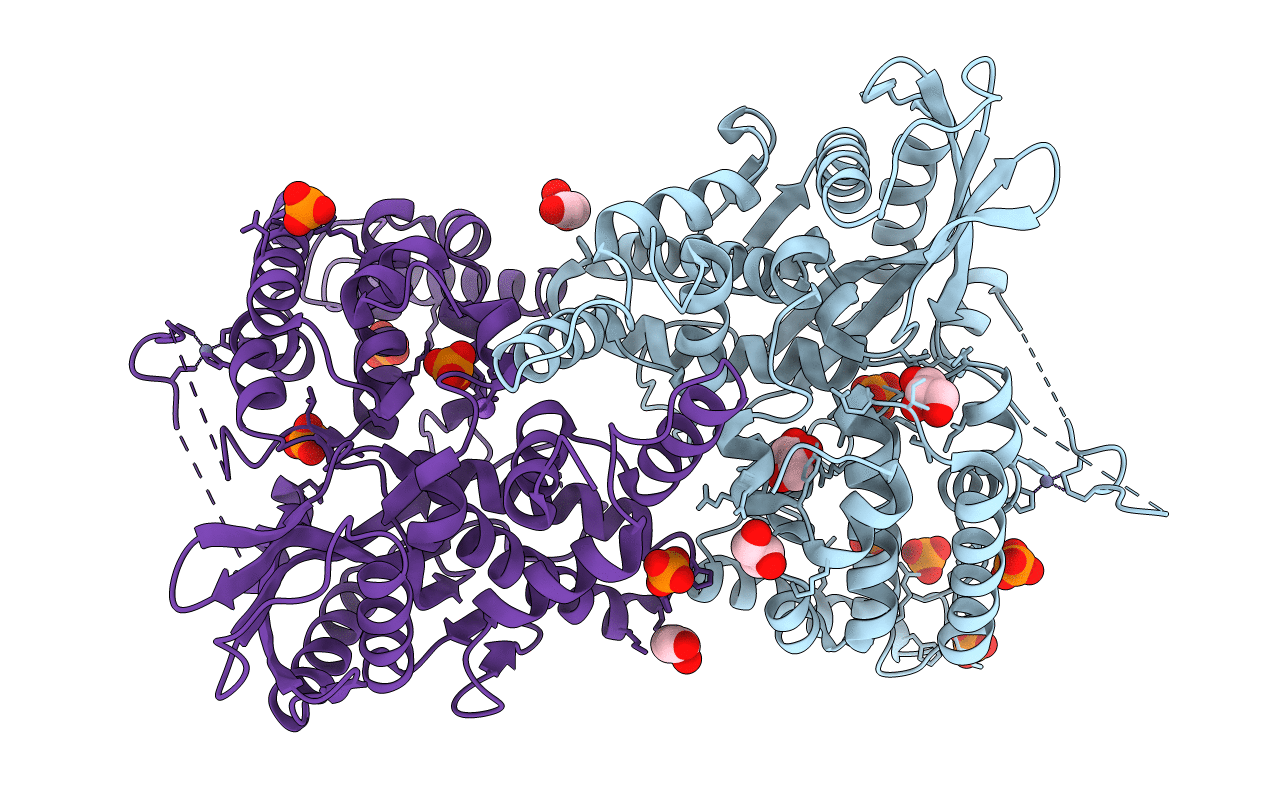
Deposition Date
2019-07-09
Release Date
2019-10-09
Last Version Date
2024-11-06
Method Details:
Experimental Method:
Resolution:
3.01 Å
R-Value Free:
0.27
R-Value Work:
0.21
R-Value Observed:
0.22
Space Group:
P 61 2 2


